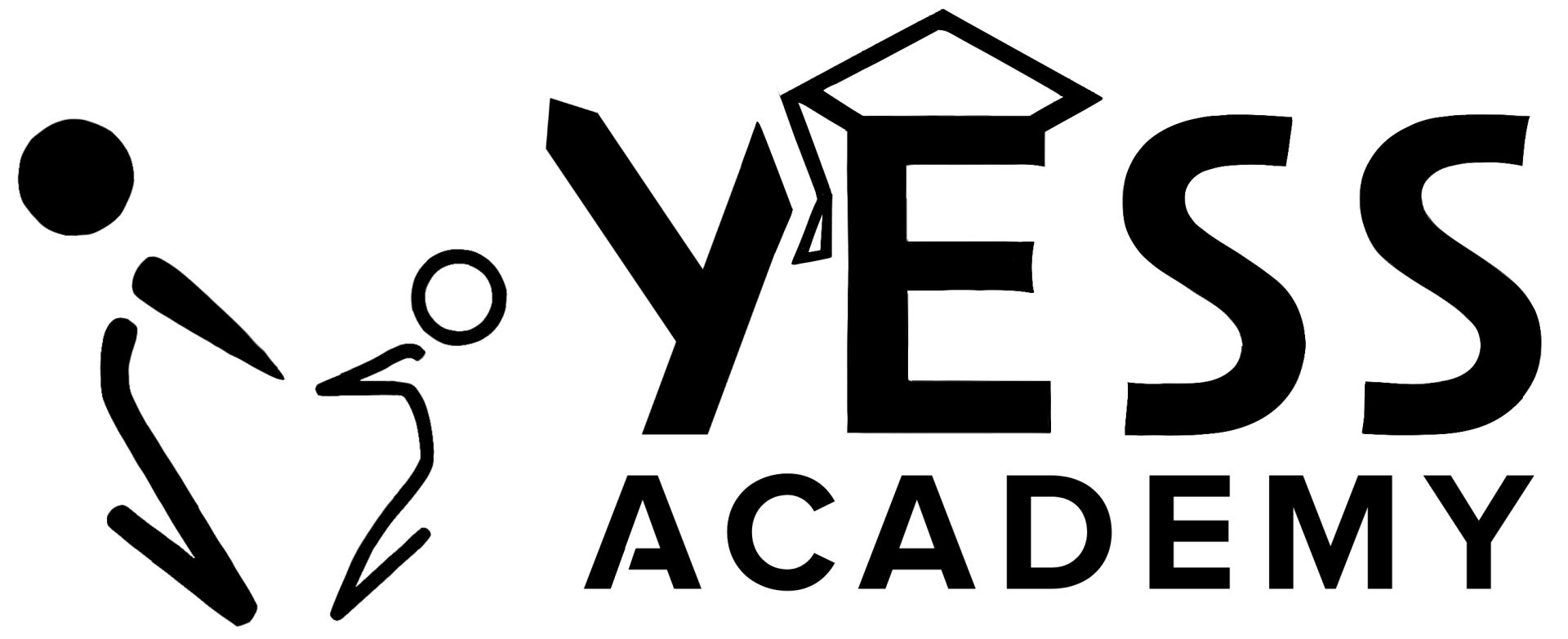Integrating leadership training tailored to your company's specific needs is a multi-faceted process that involves understanding organizational objectives, implementing effective training strategies, and measuring the impact of these programs. Here's an in-depth look at how to effectively integrate leadership training based on your company's needs
Understanding Your Company’s Needs
Designing the Leadership Training Program

Implementing and Integrating the Training
Leadership: Custom Trainings
Influencing communities starts from within, with introspection and deep emotional intelligence. YESS has trained 5,000+ mentors, teachers, parents, nonprofit teams, police officers, and other community leaders to develop these skills.
Connect with our expert coaches to design your workshop!
Connect with our expert coaches to design your workshop!
Write your awesome label here.
Measuring the Impact
Success Metrics
Define clear metrics for success, such as improved team performance, decision-making skills, and employee engagement. Use participant feedback, performance metrics, retention rates, and promotion rates to measure the impact of the leadership training.
Return on Investment (ROI)
Evaluate the ROI of the leadership development program by comparing the costs of the program with the benefits it delivers.

